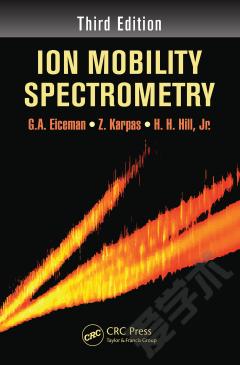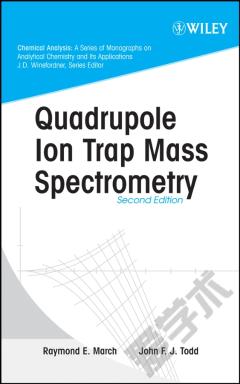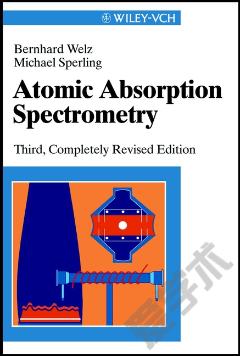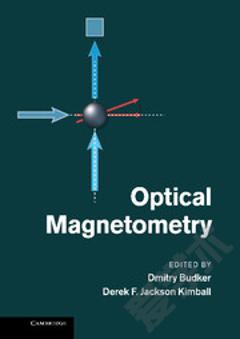Ion Mobility Spectrometry
Introduction to Ion Mobility Spectrometry Background Methods of Ion Mobility Spectrometry Emerging Patterns in the Development of Ion Mobility Methods Summary Comments History of Ion Mobility Spectrometry Introduction The Formative Years of Discovery (1895 to 1960) Ion Mobility Spectrometry for Chemical Measurements (1960 to 1990) Mobility Methods beyond Military and Security Venues (1990 to 2000) Commercial Production of Mobility-Based Analyzers (2000 to Present) The Society for Ion Mobility Spectrometry and Journal Sample Introduction Methods Introduction Vapor Samples Semi-volatile Samples Aqueous Samples Solid Samples Summary Ion Sources Introduction Radioactivity: Nickel, Americium, and Tritium Corona Discharges Photo-ionization: Discharge Lamps and Lasers Electrospray Ionization and Its Derivatives Matrix-Assisted Laser Desorption Ionization Surface Ionization Sources Flames Plasma-Based Ion Sources Glow Discharge Ion Source Other Ion Sources Summary Appendix Ion Injection and Pulsed Sources Introduction Operation and Structures of Ion Shutters Models and Modes of Operation Ion Injection to Drift Regions without Wire-Based Ion Shutters Mobility Methods with Continuous Flow of Ions into the Drift Region Summary and Conclusions Drift Tubes in Ion Mobility Spectrometry Introduction Traditional Drift Tubes with Stacked-Ring Designs High Field Asymmetric Drift Tubes Aspirator Drift Tubes Traveling Wave Drift Tubes Tandem Mobility Spectrometers Other Drift Tube Designs Selection of Materials Summary and Conclusions Ion Detectors Introduction Ambient Detection of Mobility-Separated Ions Low-Pressure Detection of Mobility-Separated Ions Summary The Ion Mobility Spectrum Introduction Mobility, Electric Field, and Pressure Ion Mobility Spectra IMS as a Separation Device Quantitative Aspects to Response Summary Ion Mobility-Mass Spectrometry Combining Mobility with Mass Low-Pressure Drift Tube Ion Mobility Spectrometry-Mass Spectrometry Atmospheric Pressure Drift Tube Ion Mobility Mass Spectrometry Differential Mobility Spectrometry-Mass Spectrometry Aspiration Ion Mobility Spectrometry-Mass Spectrometry Ion Mobility MS and the Future Ion Characterization and Separation: Mobility of Gas Phase Ions in Electric Fields Introduction Motion of Slow Ions in Gases Models for Ion-Neutral Interactions Linear Ion Mobility Spectrometers: Models and Experimental Evidence Differential Mobility Spectrometer and the Dependence of Ion Mobility on the Electric Field Strength Traveling Wave IMS Summary Control and Effects of Experimental Parameters Introduction Chemical Composition of the Support Gas Atmosphere Moisture and Temperature of the Supporting Gas Atmosphere Effects of Pressure Effects of Field Strength and Ion Residence Time Effects of Analyte Concentration Summary Detection of Explosives by IMS General Comments on Detection of Explosives The Chemistry Underlying Detection of Explosives by IMS Sampling and Pre-concentration Techniques for Detection of Explosives Measurement with Handheld Devices, Portable Instruments, and Portals Research and Operational Experience Walk-Through Portals and Systems for Luggage Screening Homemade and Alternate Explosives Standards for Calibration of Explosive Detectors Database for Explosives Chemical Weapons Introduction and General Comments on Detection of Chemical Warfare Agents The Ion Chemistry Underlying Detection of Chemical Weapons Sampling and Pre-concentration Techniques Research, Operational Experience, and Historical Perspective of Instrumentation State-of-the-Art Commercial Instruments, Standards, and Calibration Summary Drugs of Abuse Introduction and General Comments on Detection of Drugs The Ion Chemistry Underlying Detection of Drugs Sampling and Pre-concentration Techniques Research, Operational Experience, and Instrumentation Standards and Calibration Database for Drugs Pharmaceuticals Introduction Compound Identification Formulation Validation Cleaning Validation Reaction Monitoring Monitoring Biological Samples Summary and Conclusion Industrial Applications Introduction Industrial Processes Industrial Feedstock or Products Food Production Conclusions Environmental Monitoring Introduction Airborne Vapors Water Soil Conclusions Biological and Medical Applications of IMS Introduction and General Comments on Biological and Medical Applications Medical Diagnostics Using IMS Food Freshness, Molds, and Odor Detection Macromolecules: Biomolecules and Biopolymers Detection and Determination of Bacteria Other Biological Applications Conclusion Current Assessments and Future Developments in Ion Mobility Spectrometry State of the Science and Technology of IMS Next Generation in Ion Mobility Methods Directions for IMS Final Thoughts
{{comment.content}}








 京公网安备 11010802027623号
京公网安备 11010802027623号